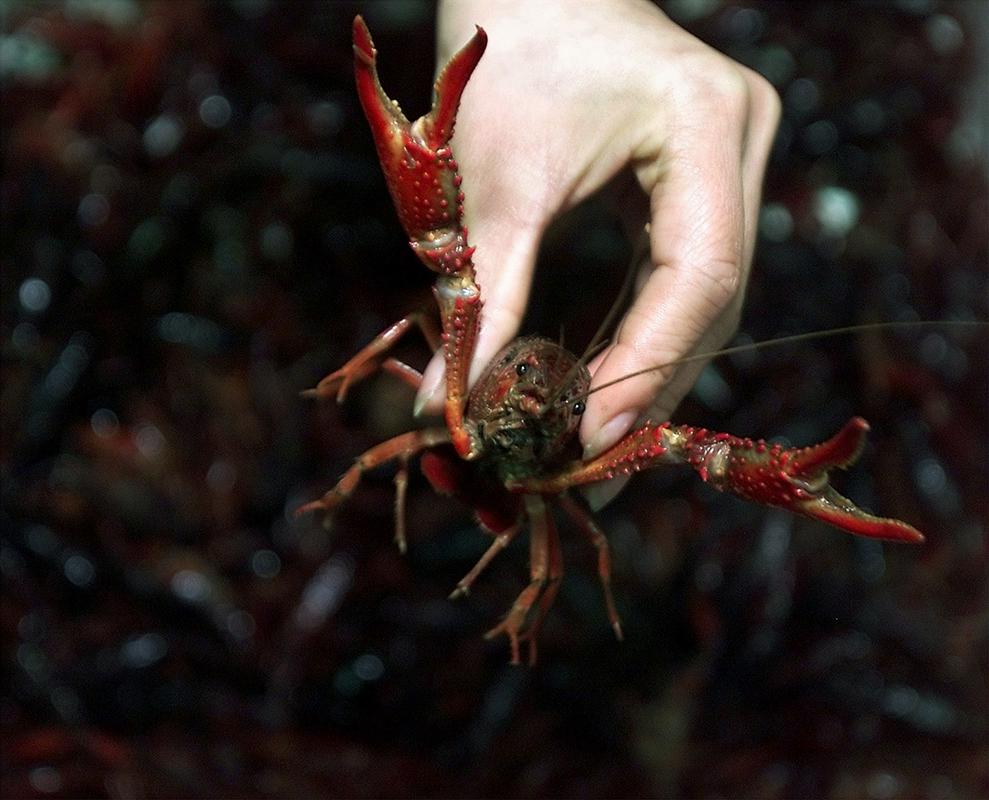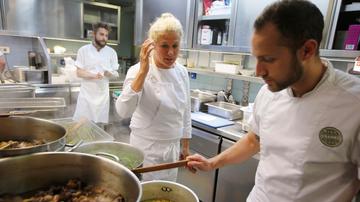
Until the 19th century, Slovenia crayfish were a regular sight in Vienna’s main market. They were highly prized in the Imperial Capital and they were commonly enjoyed by the Emperor and his Court. In Slovenia, they were a staple food in monasteries, whose monks were not allowed to eat mean. However, they were sufficiently common to be enjoyed by peasants.
Three varieties of crayfish thrived in Slovenia’s rivers, of which the noble crayfish was the most common. The Krka River was known for its abundant crayfish, but they could even be found in the Ljubljanica, which flows through the capital. In fact, the fishermen of Ljubljana’s Trnovo district were renowned for selling crayfish.
In the late 19th century, however, everything changed. The crayfish plague, caused by the mold aphanomyces astaci, began to attack European crayfish -- and Slovenia wasn’t spared. During the 1880s and ‘90s, the disease spread across the country. In some rivers, the entire crayfish population disappeared in a manner of weeks.
The crayfish received partial protection after World War I, but increasing river pollution reduce their numbers even further. Introduced species of invasive crayfish – some released from aquariums – contributed to the damage and helped to spread the crayfish plague.
Today, crayfish enjoy stronger protections than ever. Regulations have been extended to the preservation of their traditional river habitats. Few official statistics on their numbers are available, but there is finally evidence that their numbers are rebounding.
Several restaurants in Slovenia still serve crayfish – but they now come from a fish farms. Modern crayfish dishes are reviving an old Slovenian tradition without threatening the future of one of the country’s most interesting river animals.

































































